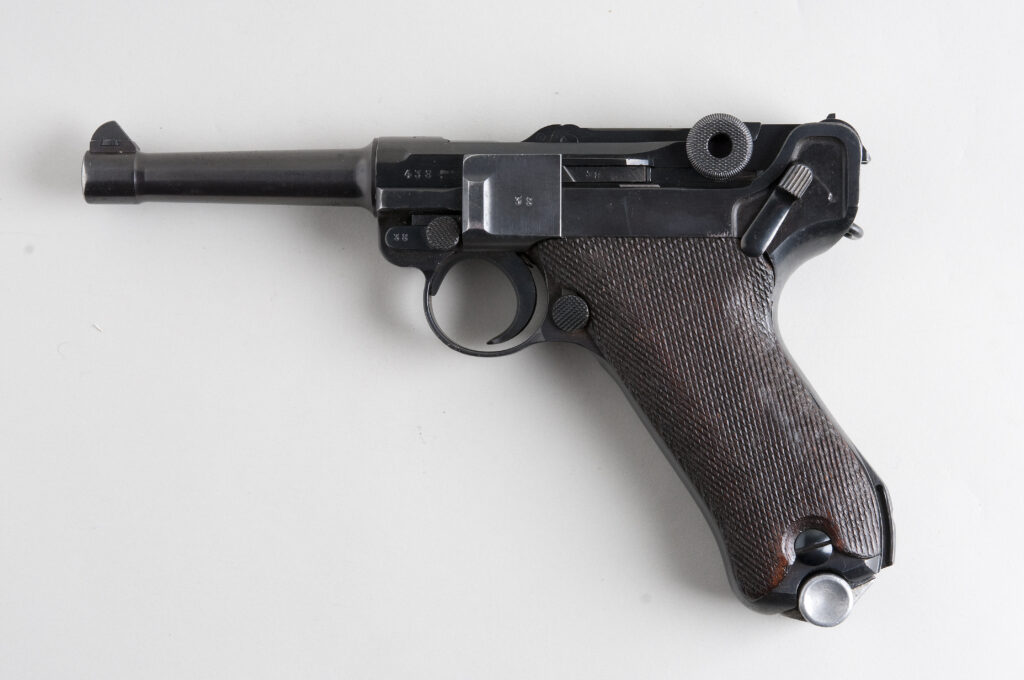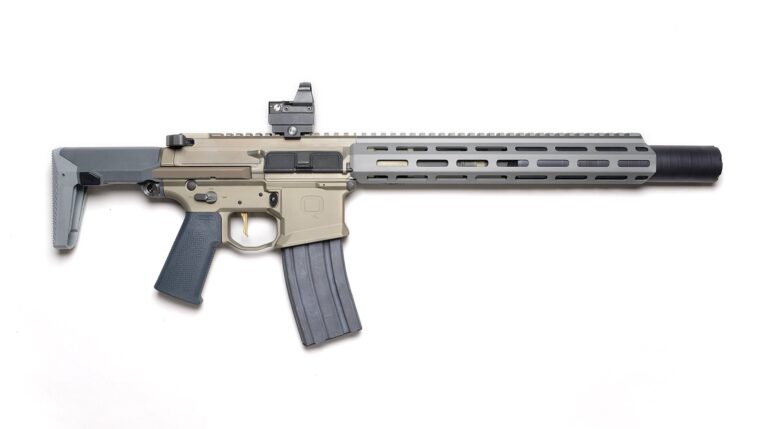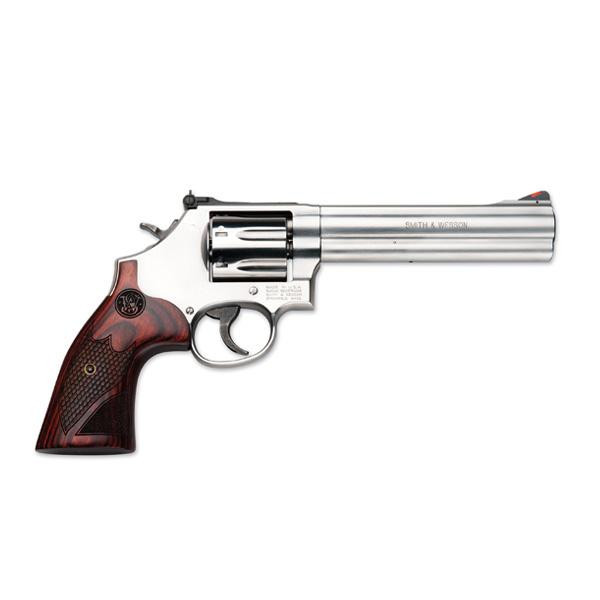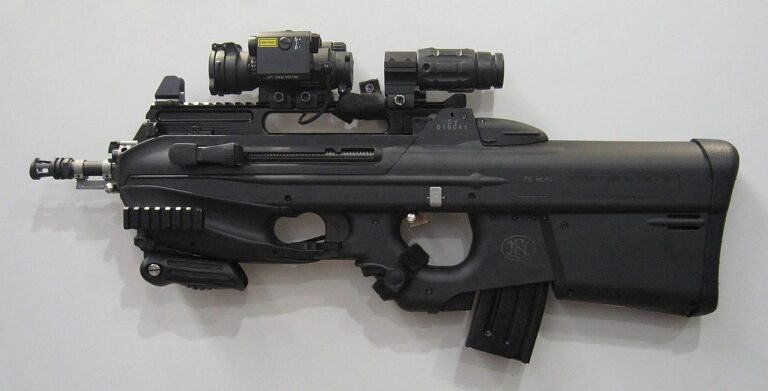Introduction
The Luger P08, also known as the Parabellum, is one of the most iconic pistols in military history. Designed at the end of the XIXᵉ century by Georg Luger, it embodies German precision engineering and was the standard sidearm of the German army during the First World War, then still in use during the Second World War. Its distinctive design, sophisticated mechanics and military heritage make it a prized collector’s item and an icon in the history of weaponry.
Genesis and development
In the late 1890s, engineer Georg Luger worked with Deutsche Waffen- und Munitionsfabriken (DWM ) to perfect the Borchardt C93 pistol, one of the very first semi-automatic pistols. Luger improved the design to make a more compact, ergonomic and reliable weapon. The result was the Pistole Parabellum Modell 1900, soon renamed Luger after its inventor.
The pistol was adopted by the German army in 1908 under the name P08, accompanied by a new caliber: the 9×19 mm Parabellum, today one of the most widely used in the world.
Technical specifications
| Features | Detail |
|---|---|
| Caliber | 9×19 mm Parabellum |
| Total length | 222 mm |
| Barrel length | 102 mm (standard P08) |
| Magazine capacity | 8 shots |
| Empty weight | Approx. 870 g |
| Mechanism | Semi-auto, toggle lock |
| Relaxation | Simple action |
| Materials | Forged steel |
Mechanism and innovation
The Luger P08 is based on a toggle-lock system, an unusual but ingenious mechanism. When firing, the weapon uses the recoil energy to activate two articulated arms that unfold and extract the empty case before chambering a new cartridge.
This system offers great precision, but requires very precise manufacturing and meticulous maintenance. It is also more susceptible to soiling than later tilting-head systems.
Production and variants
Production of the Luger P08 extended from 1900 to 1945, with several manufacturers:
DWM (until 1918)
Erfurt (Imperial Arsenal)
Krieghoff, Mauser, and others during the Nazi period
Main variants :
P08: standard military model, adopted in 1908
Marine Luger: for the Imperial Navy, with longer barrel
Artillery Luger (LP08): version with long barrel (200 mm) and adjustable rear sight, compatible with detachable stock
Commercial Luger: civilian versions sometimes chambered in .30 Luger (7.65 mm)
Luxury versions were also offered, finely engraved or plated, for officers or as prestige pieces.
Comparison with other pistols of the period
| Model | Caliber | Lock |
|---|---|---|
| Luger P08 | 9×19 mm | Articulated kneepad |
| Colt 1911 | .45 ACP | Short-recoil breech |
| TT-30/33 | 7.62×25 mm | Single-action cylinder head |
The Luger stands out for its mechanical elegance and precision, but it is also more expensive to produce than its American or Soviet counterparts.
Military use
The Luger P08 was widely distributed during the First World War. Its precise handling and natural grip appealed to many officers. During the Second World War, it was gradually replaced by the Walther P38, simpler to manufacture, but still used by officers in particular.
After 1945, captured Lugers were used by various armies (notably French), and some models continued to be produced for the civilian and export markets.
Historical and cultural influence
Technical heritage: the 9×19 mm Parabellum, created for the Luger, is today the most widely used ammunition in the world.
Popular culture: featured in countless war films, comic books, video games and historical works.
Collection: original Lugers are highly sought-after pieces, with some rare variants reaching high values.
Conclusion
The Luger P08 remains one of the most recognizable and iconic pistols in the history of armaments. A masterpiece of engineering, it combines aesthetics, precision and military heritage. Despite its limitations in terms of industrial production, it remains a powerful symbol of 20thᵉ century German design and a must-have piece for any firearms enthusiast.









